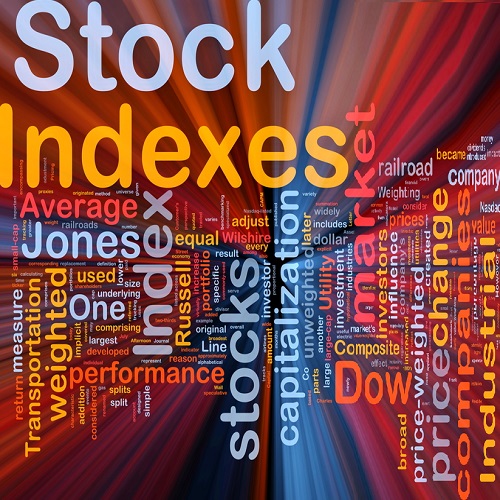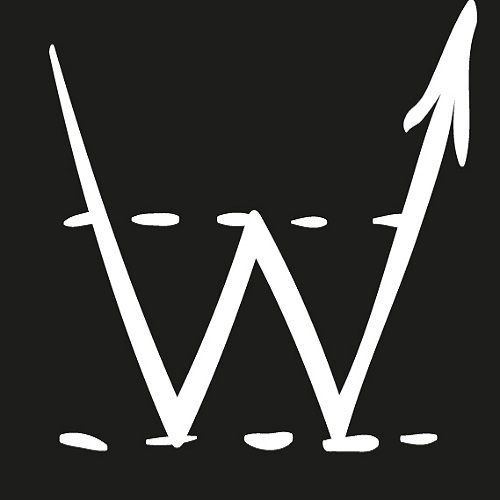How to Trade Indices
Trading indices is a form of investing that has low costs because it uses passive management as its main tenant.

Index funds
Now that we know what Trade indices are and why we use them, the next step is how to trade them.
When you trade indices you are not trading an individual stock, you are trading in an index fund which is made up of as many stocks as there are in the original underlying market index. For example, the Standard and Poor’s 500 has five hundred stocks in it, so the index fund that tracks the S&P 500 has the same amount. However, investing in an index fund is passive management. You don’t necessarily pick the stocks you want, you take them all and invest the minimum or whatever amount of capital you have set aside for investing in index funds.
The minimum amount that you can invest is $10,000 per index fund, although there are a few channels where the minimum amount is $100, if you are a retail trader using a trading platform and doing your indices trading on-line. There are index funds that have a basket of shares for a specific sector such as technology, pharmaceuticals and energy. So rather than investing in a broad index, you can invest in one or two sectors.
Trade online
As a new investor, it is probably better if you open a trading account with an online broker. Research the online brokers and make sure you choose one that is reputable and is governed by ta major global regulator (CySEC, ASIC, SEC…). Try and choose a broker that offers a practice account for you to practice trading with. Most brokers offer a $50,000 practice account where you can learn to trade.
Also make sure you are comfortable with the broker’s trading platform because if you are not, then that will negatively affect your trading. Trading on an on-line brokers trading platform is the cheapest option to trade index funds. The other option is to find an investment broker and open an account with them. This is a good idea if you need guidance and you can always switch to an on-line broker once you are comfortable trading. Bear in mind that trading in index funds requires passive management and it’s a practice of passive investing, so you won’t need much guidance.
Focus
Once you have your broker, the next step is to decide what index you are going to invest in. You have a choice of stock index funds (either whole funds like the Dow Jones, or industrial sector funds, such as technology or energy); commodity index funds or bond index funds. There are no benefits to investing in one fund as opposed to another, as every fund tracks an index; so if the market goes up, the indices go up, if the market goes down the indices go down.
Your goal as an investor in indexes is to beat the market; thus, it would be better if you considered the four foremost indexes, to give yourself the best chance; the Russell 2000, the NASDAQ, the Dow Jones Industrial Average and Standard and Poor’s 500.







